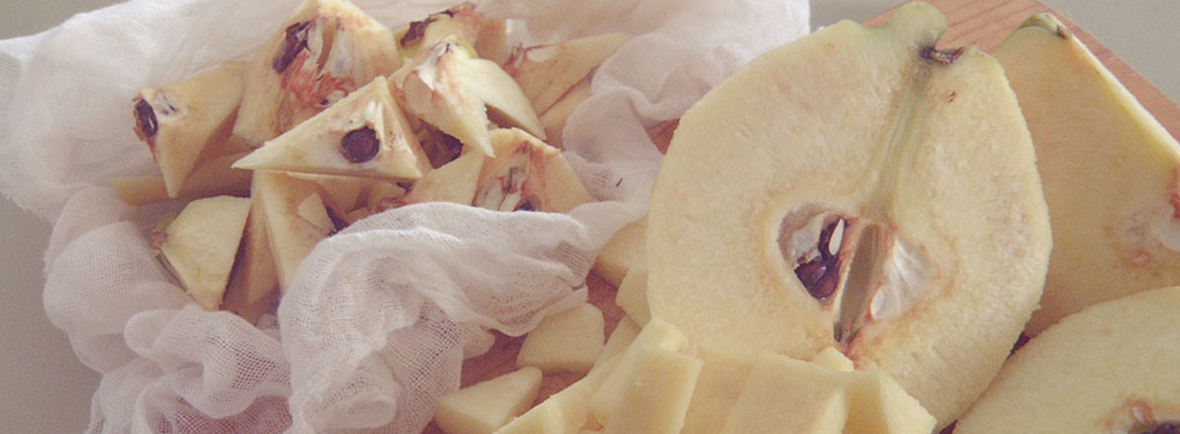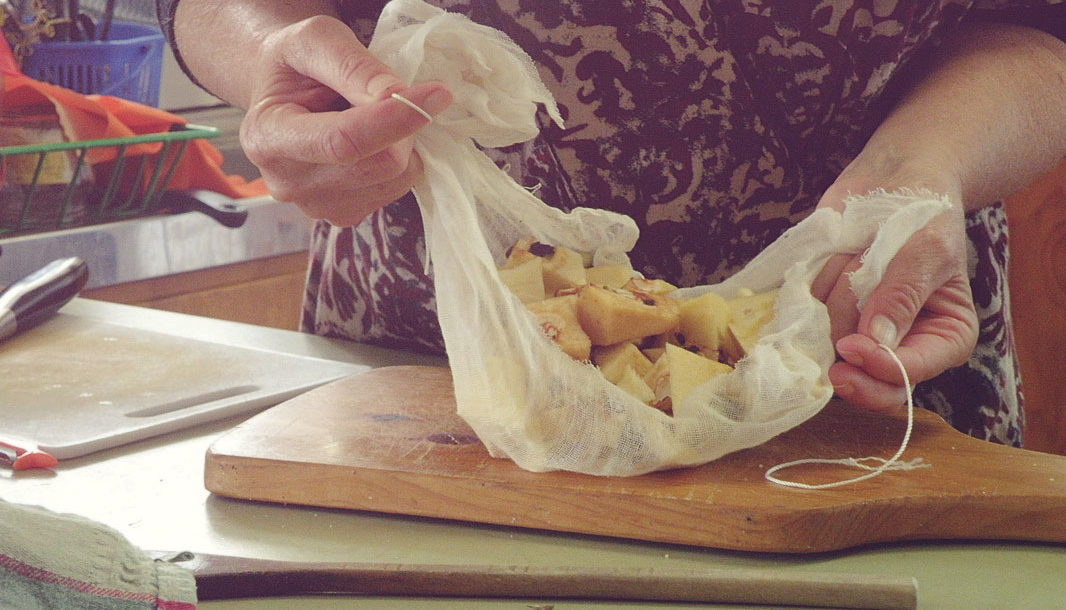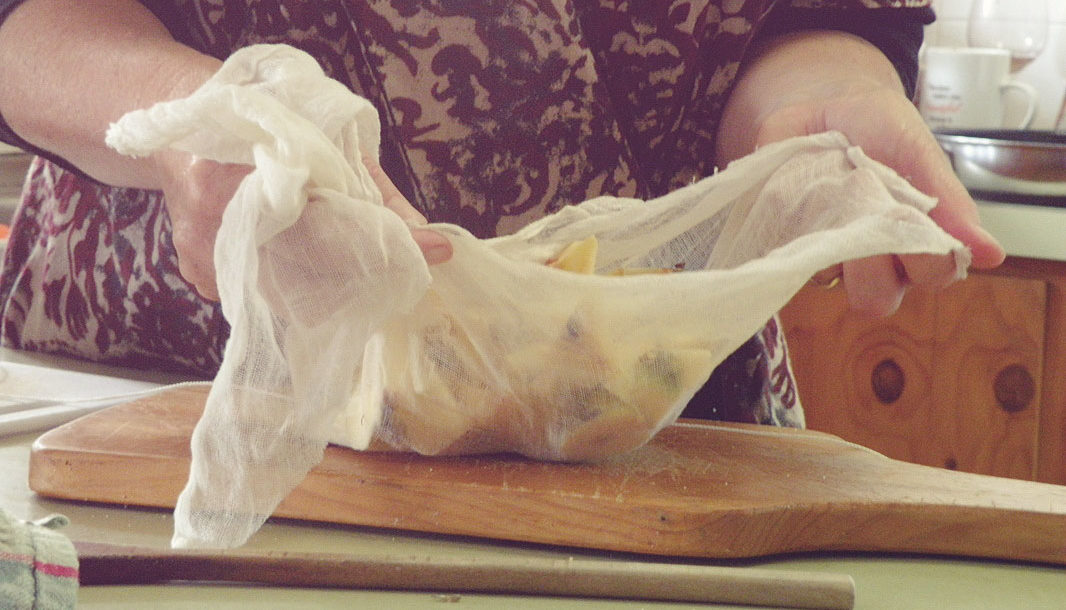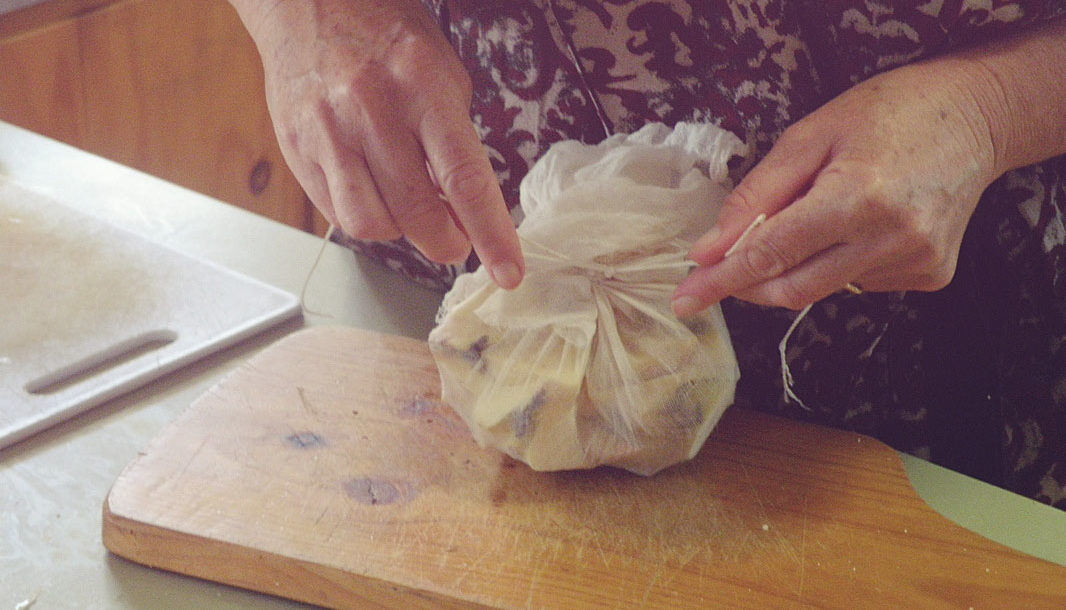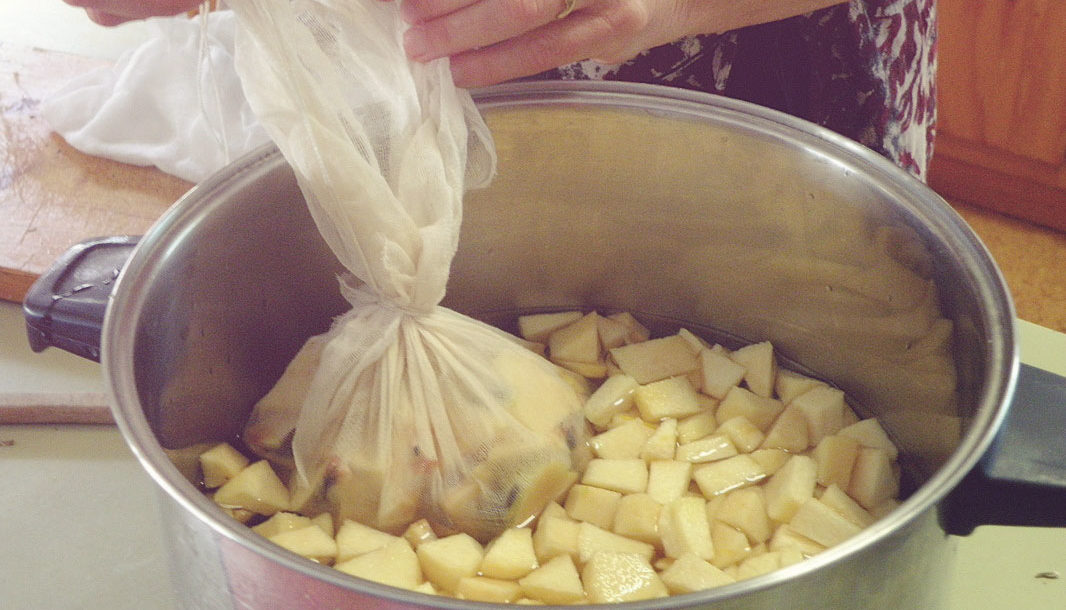Quizzical Quinces
The quince is a beautiful fruit, but one that is truly paradoxical. Most fruit is best when fresh, but quinces are dry and astringent enough to make your mouth cringe, and must be cooked with sweetener before eating. They may have a hard furry skin and unattractive dull-yellow flesh, but this member of the rose family turns a rich orange-red when cooked and has an amazing and intoxicating fragrance.
Originating in Persia, quinces have been cultivated longer than apples, and have been linked to many famous lovers, including Aphrodite. Ancient newlyweds were said to nibble on quinces before entering their bridal chambers.
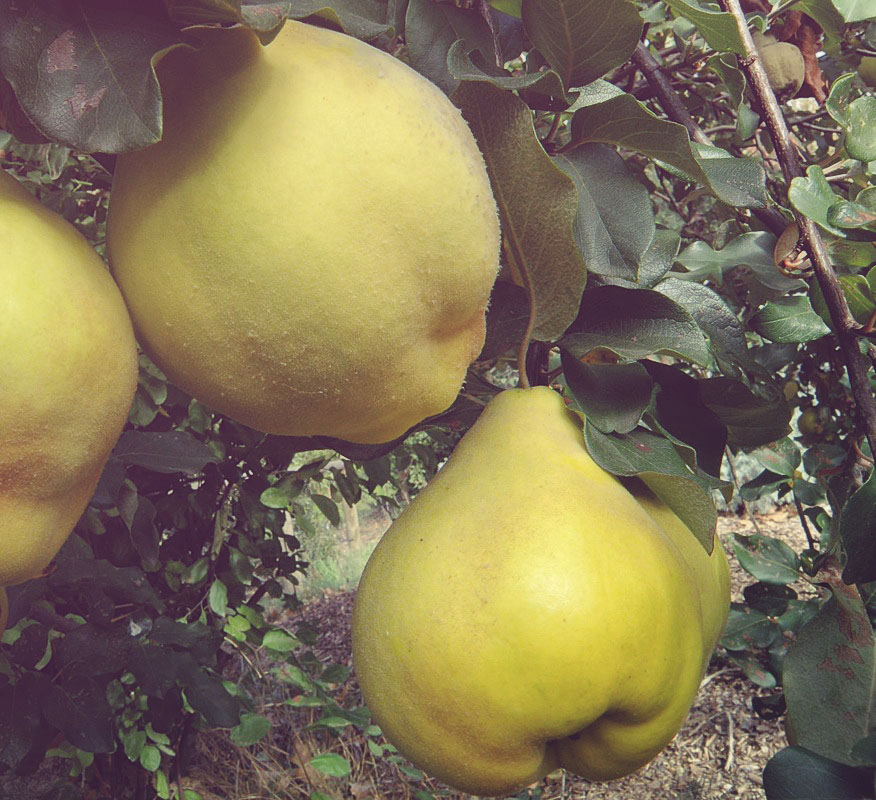
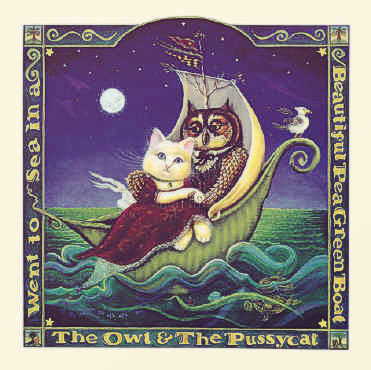
It has even been said that Eve offered Adam a forbidden quince, not an apple and Edward Lear had his honeymooning Owl and Pussycat dining on the fruit.
‘They dined on mince, and slices of quince, Which they ate with a runcible spoon…’
Quinces are ripe when the skins are yellow, and should be left to ripen on the tree. They can be poached with sugar or honey and served by themselves or with other fruit such as apples, pears and strawberries. Cooked quince may also accompany meat and cheese, and the jelly is delicious stirred through yoghurt or ice cream.
Once fit for human consumption, quince still divides people, some loving its unique flavor and some not. It can also be daunting, with keen cooks longing to turn it into a glorious treat, but not quite sure what to do.
In this post I will try to remove some of the fear with two of my favorite recipes, quince paste and quince jelly. The benefit of using quinces is that they have very high pectin content in the seeds (pectin is the natural ingredient that helps jams, jellies and pastes to set), which is why I recommend including the core and pips in a muslin bag when boiling quinces for the paste.
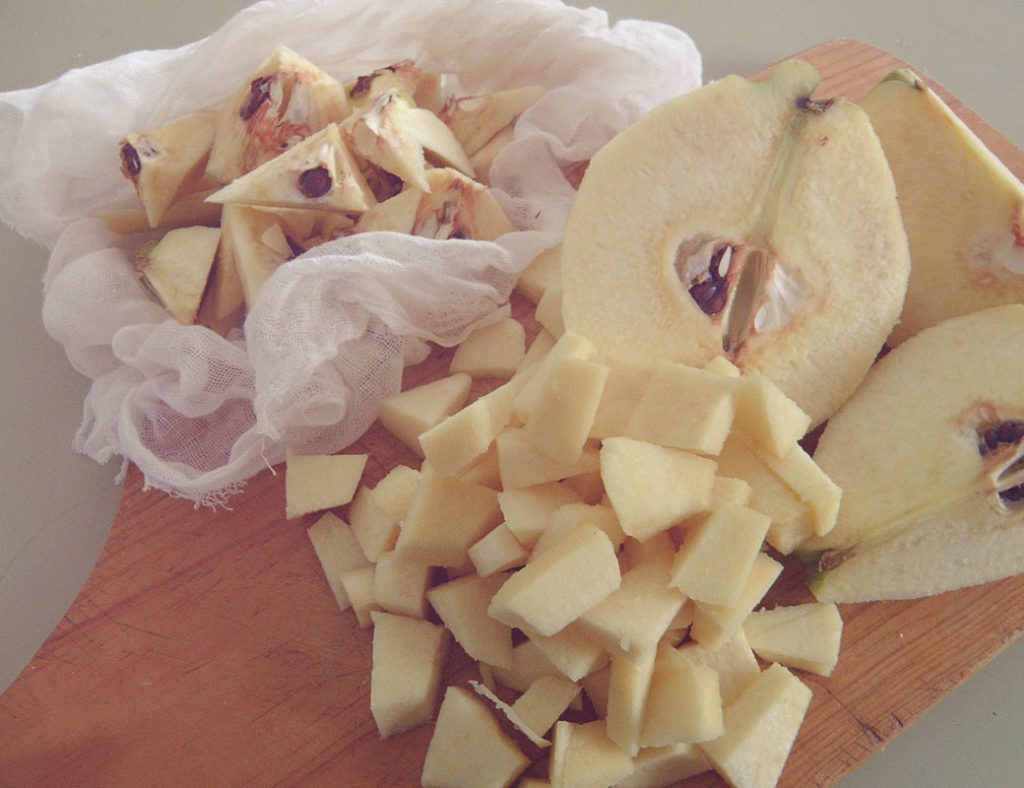
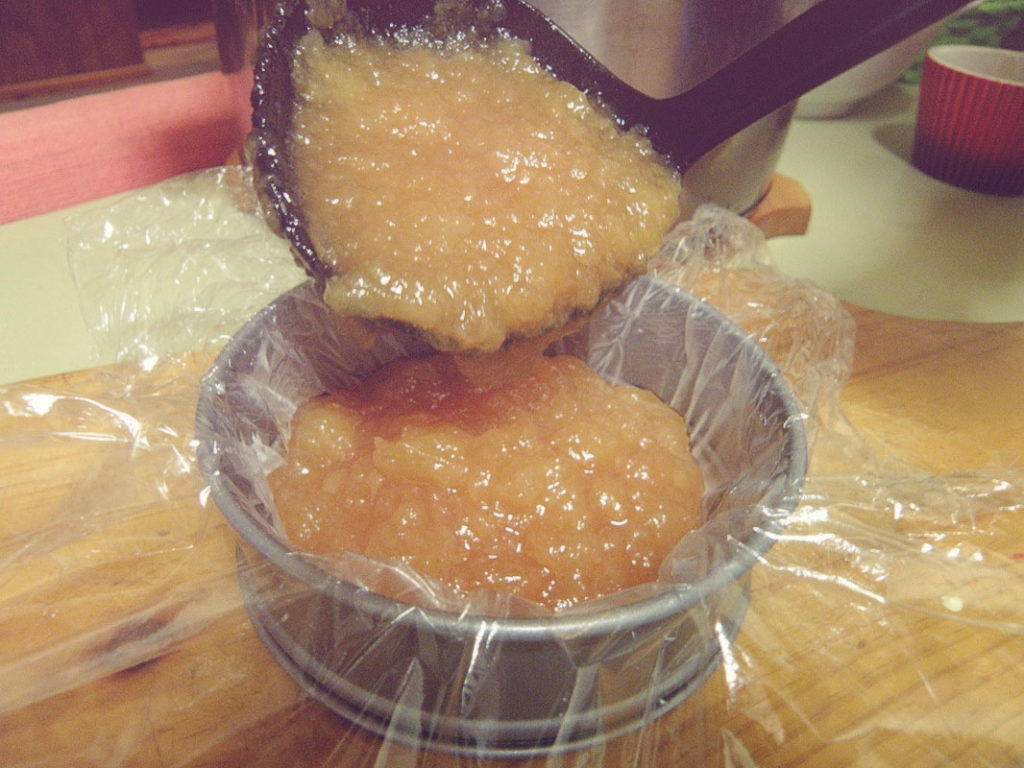
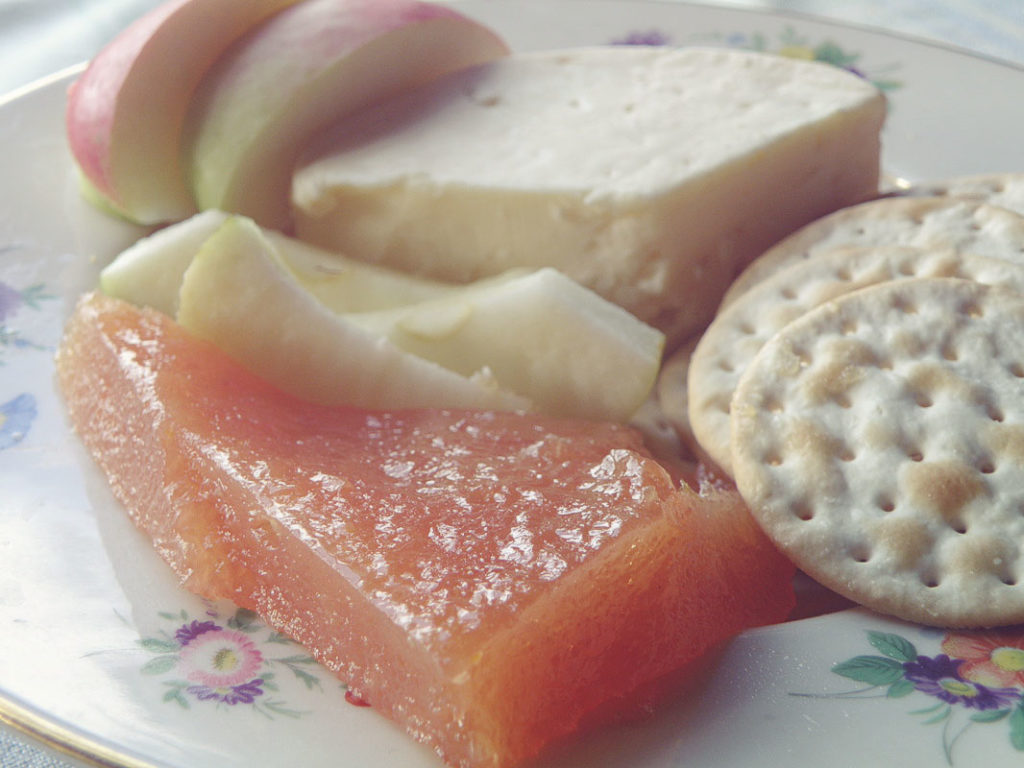

- 4 quinces (1.4kg)
- 1 ½ cups water
- 700gms sugar
- Vanilla pod or 1 tspn vanilla
- 3 tbspn lemon juice
- Rind of 1 lemon
- Peel and core quinces and cut flesh into small pieces. Place in pan and add water.
- Place core of quinces, including pips, in muslin tied with string and add to the pan. Bring to the boil and simmer until cooked.
- Remove the muslin bag when quince is tender and discard.
- Mash quince flesh until smooth.
- Add sugar, vanilla, lemon juice, and lemon rind, and simmer on very low for 1½ hours or until thick. The mixture should resemble thick, gluggy glue, and offer resistance when stirred. Be careful to keep an eye on it at this stage, so it doesn't burn. Allow to cool for 15 mins.
- Put in containers lined with plastic wrap and set aside for 6 hours or until firm.
- Store in an airtight container and enjoy with cheese, fruit and biscuits.
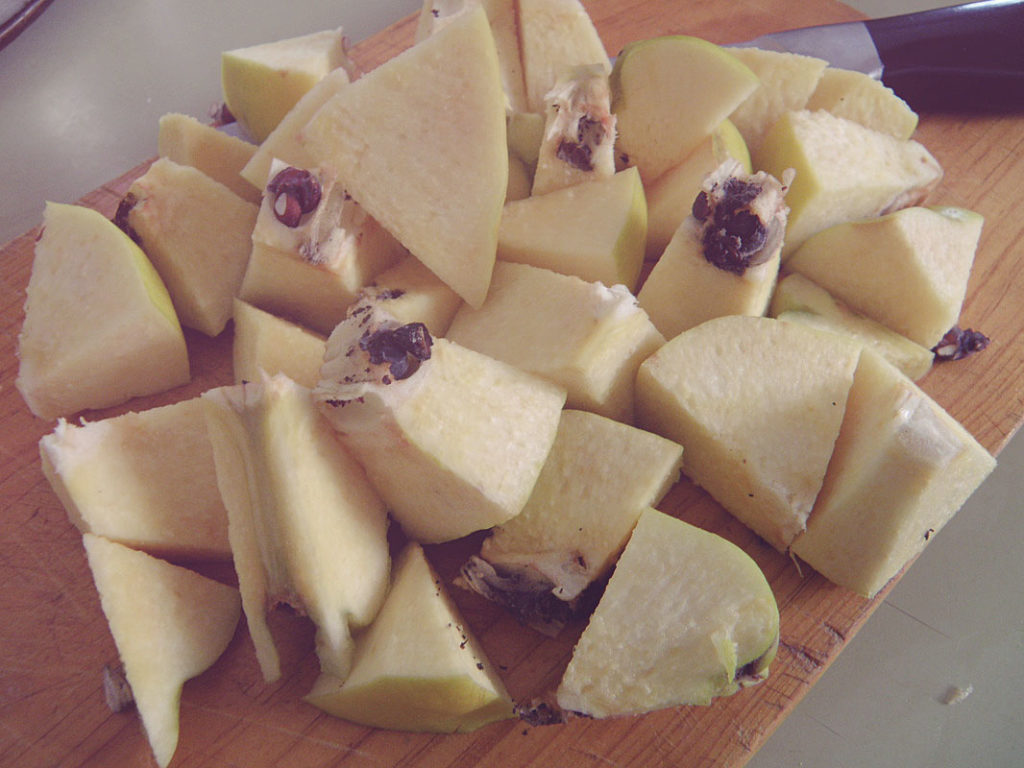

- Quinces
- Water
- Sugar
- Wash and cut up quinces roughly (no need to peel or remove the core).
- Cover with water and boil until tender.
- Cool slightly, and then strain through muslin. The quince mixture can be squeezed gently, but not too much as the juice will go cloudy. I leave mine overnight, resting it in a colander to release all the liquid.
- Measure the liquid and add 1 cup of sugar for each cup of liquid.
- Boil slowly until jelly hardens when placed on a cold dish. Store in glass jars, washed and sterilized in the oven.
- Great mixed with yoghurt or ice cream and lovely with whipped cream.
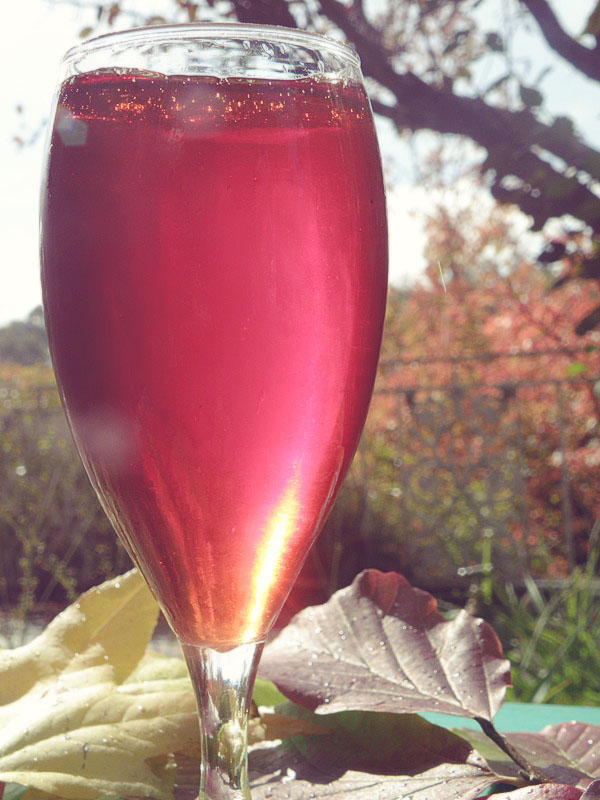
I hope you enjoy these recipes a discover a new culinary delight in quinces!
Happy cooking!
Amanda


